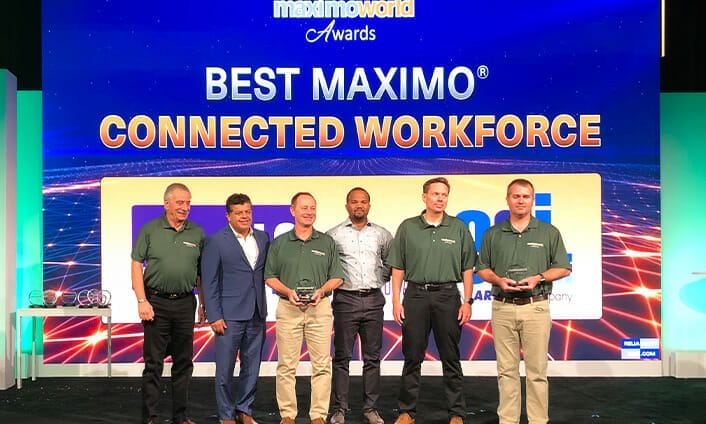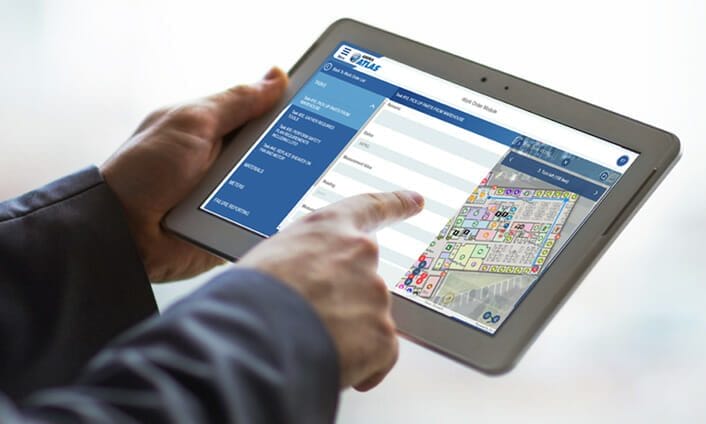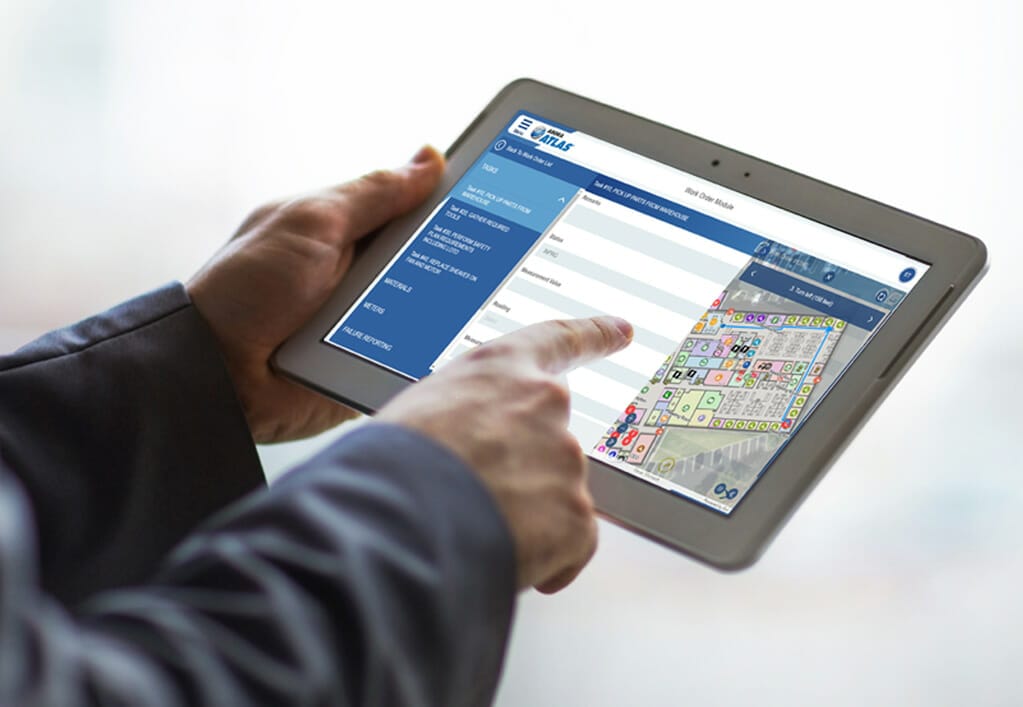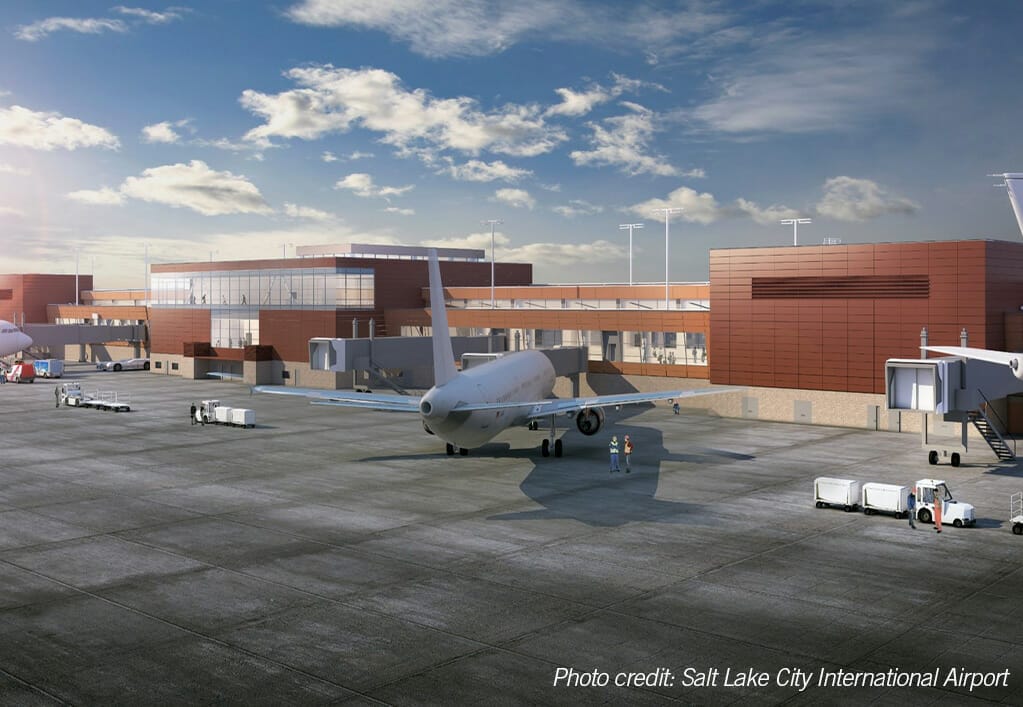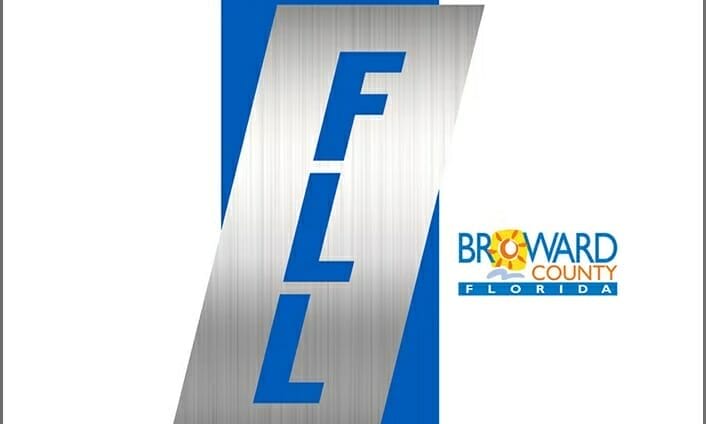NEWS AND INSIGHT
Categories
Tags
Recent Posts
Key Trends Unveiled at MaximoWorld 2023: Empowering Asset Management in the Digital Era
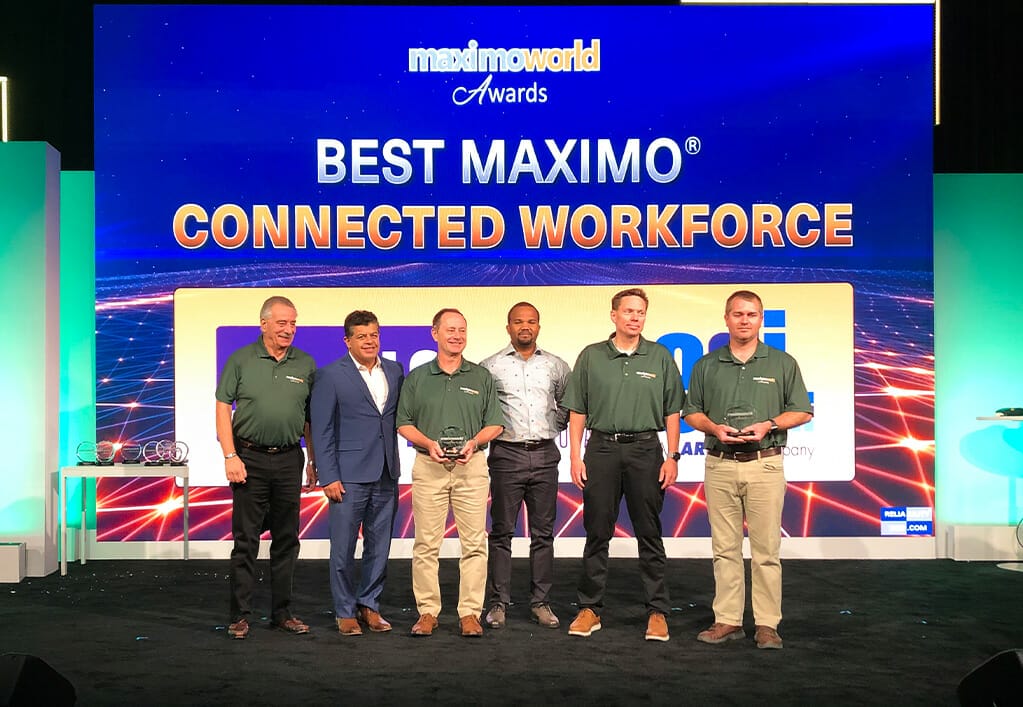
MaximoWorld 2023, held this year in Phoenix, AZ, served as a nexus for asset management aficionados to explore cutting-edge developments, exchange valuable insights, and connect with fellow reliability-focused professionals. The four-day event spotlighted several key trends shaping the landscape of modern asset management with certificate workshops, roadmap courses, user group meetings, MaxUp morning shows, MaximoWorld Awards, Reliability Asset Performance (RAP) talks, expo crawls, and general learning sessions.
From mobility to sustainable solutions and data-driven insights to the power of AI, let’s explore the recurring trends that echoed throughout MaximoWorld 2023.
Data’s Decisive Role in Strategic Asset Management
Speakers and presenters across sessions championed the shift from routine Work Order Management to the more holistic approach of Strategic Asset Management. The emphasis on Strategic Asset Management versus conventional work order management allows facility managers to make informed, data-driven decisions about acquiring, operating, maintaining, upgrading, and disposing of assets to maximize their value and contribute to the success of their organization.
Courses like Terrence O’Hanlon’s “Elevating from Work Order Management to Strategic Asset Management” and sessions like “Optimizing PMs/Asset Strategies Using Maximo Data” showcased the transformative power of data analytics and the importance of leveraging data for predictive maintenance, enhanced operational efficiency, and strategic planning.
Amid the data-driven discussions, the importance of data governance and standards also stood out. Sessions like “Digitalization and the Importance of Data Governance and Standards” underscored the importance of setting data quality standards at the inception of digital initiatives to ensure successful transformations.
The emphasis on the transformational journey from tactical to strategic asset management was consistent throughout the conference, underscoring that modern asset management is no longer confined to reactive approaches but is becoming a proactive, cross-functional endeavor.
Mobility and Future-Ready Technicians
Mobility’s direct impact on improving operational efficiency resonated throughout the conference. In their session “Regulatory Inspections Before and After Maximo’ Nate Bolander, Technical Systems Manager at the Salt Lake City Department of Airports and EDI’s own Joseph Mahaz presented SLC’s previously cumbersome, manual regulatory inspections process before the implementation of Maximo and Mobility and the significant efficiencies gained after the implementation, including ease of complying with all FAA annual audit requirements. In fact, EDI and Salt Lake City International Airport were honored with this year’s Best Maximo Connected Workforce Award in recognition of the efficiency and connectivity SLC was able to realize with IBM’s Maximo® and their accompanying mobile solution, Arora ATLAS® Inspect.
The urgency of staying abreast of evolving technician expectations was a key refrain in sessions including “The Future is Now. Preparing For Today’s Technicians,” and “Mobility 4.0 – Your Practical Digital Accelerator,” which underscored the journey to a paperless future and the transformational power of practical mobility. These sessions and similar RAP talks showcased the urgency of aligning technology with the needs of modern technicians.
These discussions also showcased how mobility-driven solutions can revolutionize core processes and streamline asset management workflows. Speakers and presenters throughout the event echoed that mobility isn’t just a convenience— it’s a game-changer.
Maximo Application Suite (MAS) Took Center Stage
The words ‘Maximo Application Suite (MAS)’ were uttered repeatedly day in and day out by attendees, exhibitors, and presenters alike at MaximoWorld 2023. Reps from IMB led an illuminating session entitled “Maximo Application Suite Roadmap & Maximo Spatial,” which unveiled the exciting investments and advancements on the MAS horizon, including a critical emphasis on geospatial capabilities. Attendees were provided first-hand insight into the many benefits available with MAS, including enhanced integration across its capabilities, flexible licensing options, and optimized infrastructure.
Sessions like “Fast Track to MAS 8” exemplified tangible results, while “Key Takeaways when Upgrading to MAS” shared Con Edison’s successful migration story. In the realm of power generation, the session “Maximo Application Suite SaaS” spotlighted MAS’s role in managing critical assets. These presentations collectively underscored the growing interest in MAS across sectors, with organizations leveraging it as a cornerstone for modern asset management, demonstrating its potential to reshape practices and redefine operational excellence.
AI’s Transformational Potential
The transformative power of AI reverberated across sessions like “The AI-powered Industrial Revolution” and “Foundation Models – Turbocharging AI and Asset Management.” Attendees were immersed in the potential of AI, ranging from anomaly detection to predictive maintenance. The conference consistently highlighted that AI is no longer a distant dream but a reality shaping asset management’s future.
A crucial aspect of modern asset management is harnessing AI and data-driven insights. Sessions such as “Optimizing MRO Inventory Using Machine Learning: A Customer Case Study” and “Unlocking the Value of Data with AI” underscored the profound importance of leveraging data for predictive maintenance and intelligent decision-making.
Coupled with AI, Digital Twins were heralded as potent tools for revolutionizing asset management, as discussed in ESRI’s RAP talk, “The AI-powered Industrial Revolution: The Potential of Foundation Models,” and session “The Future of Asset Management with Digital Twins.” Presenters made it abundantly clear that the convergence of AI and Digital Twin technology are and will be increasingly more imperative in achieving predictive maintenance, allowing organizations to foresee anomalies, optimize operations, and prevent downtime.
Sustainable Solutions for a Greener Future
The conference spotlighted the role of asset management in driving sustainability initiatives. Attendees explored how organizations are redirecting efforts towards paperless work practices, reducing environmental impact, and embracing reliability-centered maintenance. Sessions throughout the event not only discussed the technology behind sustainable practices but also shared valuable insights on operational transformations.
Presenters and exhibitors repeatedly emphasized that sustainable practices aren’t isolated; they’re tightly interwoven with software advancements like mobility, AI, and Digital Twins.
The discussions centered on aligning asset management practices with sustainable principles. From “Sustainability – Our Future” to “Leading Sustainability Transformations,” the conference conveyed that businesses are moving beyond profit-driven strategies to embrace sustainability as a core driving force. Attendees were encouraged to explore how sustainable practices can not only enhance reliability but also contribute to a more eco-conscious future.
Conclusion
MaximoWorld 2023 gave the event’s 1,500+ attendees an enlightening glimpse into the current state and future potential of asset management. The prevailing trends that echoed throughout the conference – from mobility and sustainability to data-driven insights, innovative technologies, and digital transformations– underscored that we stand at the brink of a transformative era. The discussions, sessions, and interactions left attendees not only enlightened but empowered to navigate the evolving landscape of asset management with confidence. As we reflect on the experiences and insights gained at MaximoWorld 2023, we’re reminded that these trends are not ephemeral; they are shaping the future of asset management, ushering in a new era of efficiency, sustainability, and innovation.

